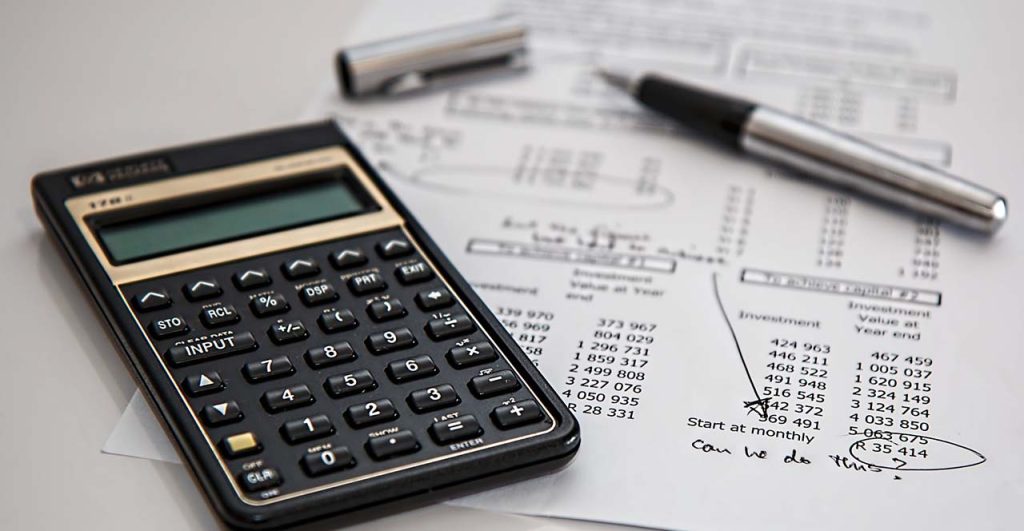Today, the two most widely used accounting standards worldwide are the United States Generally Accepted Accounting Principles (US GAAP) governed by the Financial Accounting Standards Board, and the International Financial Reporting Standards (IFRS) developed by IFRS Foundation (Deloitte 2023; IFRS Foundation 2023; FASB 2023). As businesses are becoming more and more global, there is growing pressure to adopt the more internationally accepted accounting standard.
The transition from one accounting standard to another is not an easy process. In the case of IFRS and US GAAP, they exhibit many differences, some of which are related to the treatment of inventory and tangible assets as illustrated in image 1.
![[Alt text: a diagram with texts. IFRS contains 110 countries worldwide, US GAAP US only and so on.]](https://blogit.lab.fi/labfocus/wp-content/uploads/sites/8/2023/12/981_2023_The-transition-from-US-GAAP-to-IFRS_1-1024x615.png)
The transition in a global insurance company
Adopting IFRS over US GAAP is an important topic in the insurance industry. In 2017, the new accounting standard IFRS 17 – Insurance Contracts was issued by IFRS Foundation, which can be implemented simultaneously with another new accounting standard IFRS 9 – Financial Instruments (Kakko 2022; KPMG 2021).
A transition case from US GAAP to IFRS in a global insurance company was studied by Ho (2023). The issue was examined from three perspectives: motivation, problems, and solutions during the transition.
The research discovered that one primary motivation for adopting IFRS was the huge benefits behind it. The case company believed converting their financial statements into IFRS would make them more comparable to their competitors who were either reporting or moving towards reporting under IFRS. Moreover, the financial reporting under IFRS was evaluated to be more flexible, as US GAAP was rules-based while IFRS was principles-based.
The insurance company faced numerous challenges during the transition, one of which was to understand and apply the new accounting standards to their actual situation. Furthermore, the IT system could not integrate new data under IFRS smoothly, while there were shortcomings in managing a project critical to the company.
However, solutions were found to tackle those problems. For example, the company accepted a minimum viable product that satisfied basic requirements instead of requesting a full product. To solve project management problems, it implemented agile management which involved achieving small objectives in a short duration. For internal training, the company held educational weeks annually to provide information on IFRS and the transition.

Learnings from the case study
The case study shows that the shift from US GAAP to IFRS is a complex process that significantly affects not only accounting processes but also IT systems, human resources, and business processes in general. Critical problem-solving is crucial for a successful transition process.
Authors
Hung Viet Ho is a student at LAB University of Applied Sciences, Bachelor’s Degree Programme in International Business.
Sirpa Varajärvi works as a Senior Lecturer at LAB University of Applied Sciences.
References
Buissinne, S. 2014. Calculator, calculation, insurance. Pixabay. Cited 14 Dec 2023. Available at https://pixabay.com/fi/photos/laskin-laskeminen-vakuutus-385506/
CFI Team. 2023. IFRS vs. US GAAP. Know the differences between the two accounting standards. Corporate Finance Institute. Cited 1 Dec 2023. Available at https://corporatefinanceinstitute.com/resources/accounting/ifrs-vs-us-gaap/
Deloitte. 2023. Roadmap: comparing IFRS Accounting Standards and U.S. G.A.A.P: Bringing the differences (August 2023). Cited 30 Nov 2023. Available at https://dart.deloitte.com/USDART/pdf/057be505-289e-11e9-818d-67c85cbcc7fa
FASB. 2023. Accounting standards codification. Financial Accounting Standards Board. Cited 8 Oct 2023. Available at https://asc.fasb.org/Home
Ho, H. 2023. The transition from US GAAP to IFRS of insurance and reinsurance companies : case study: insurance and reinsurance company X. Bachelor’s thesis. LAB University of Applied Sciences. Cited 15 Dec 2023. Available at https://urn.fi/URN:NBN:fi:amk-2023121135996
IFRS Foundation. 2023. Who we are. International Financial Accounting Standards Foundation. Cited 8 Oct 2023. Available at https://www.ifrs.org/about-us/who-we-are
Kakko, M. 2022. Impacts of IFRS 17 to insurance companies in Finland. Cited 30 Sep 2023. Available at https://www.theseus.fi/handle/10024/780695
KPMG. 2021. IFRS 9 for insurers. Are you good to go? KPMG International. Cited 12 Nov 2023. Available at https://assets.kpmg.com/content/dam/kpmg/xx/pdf/2021/09/ifrs9-insurers-gtg.pdf.




